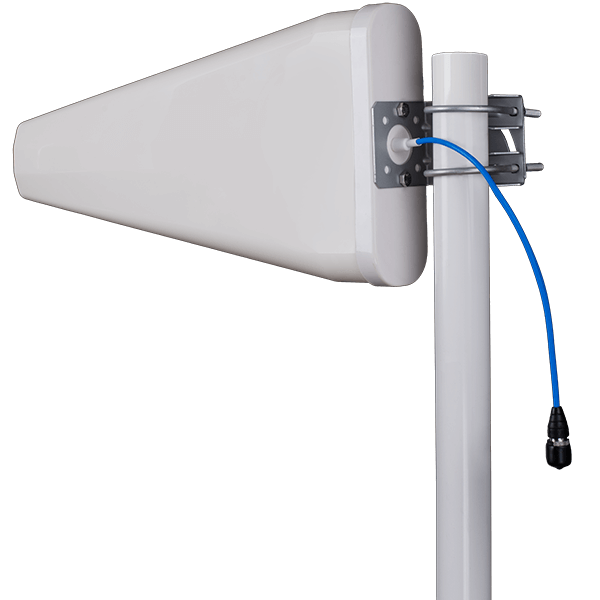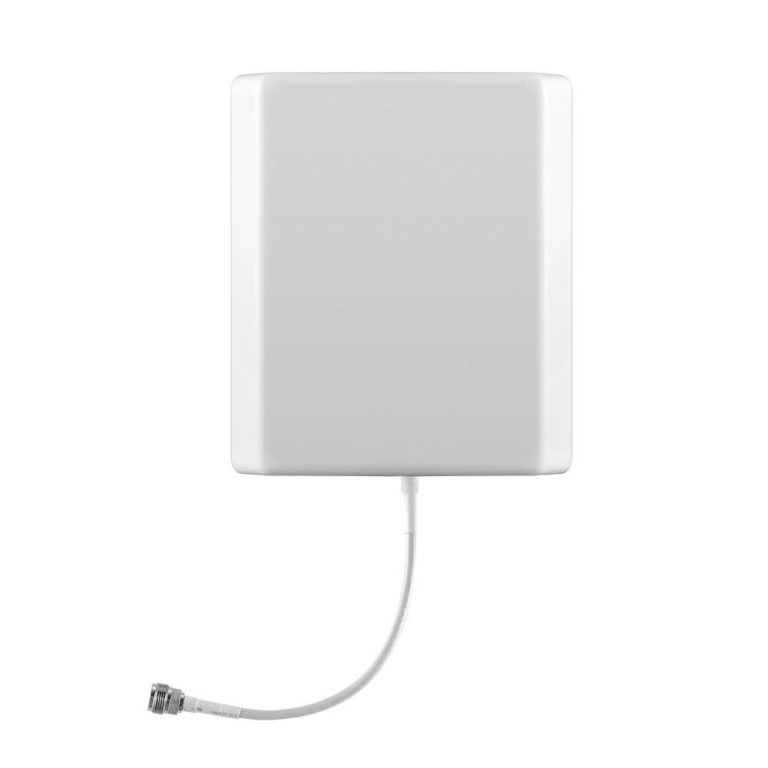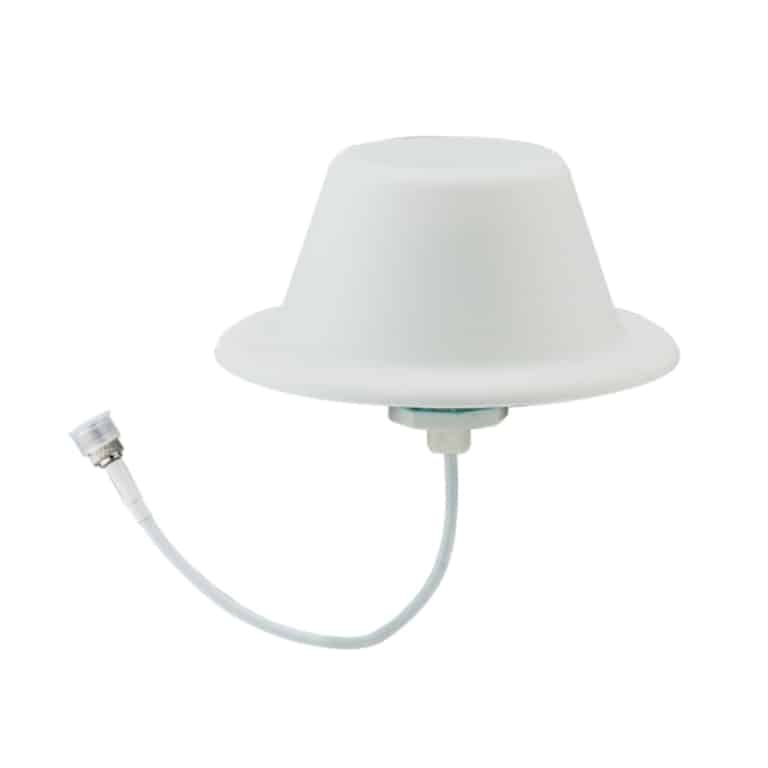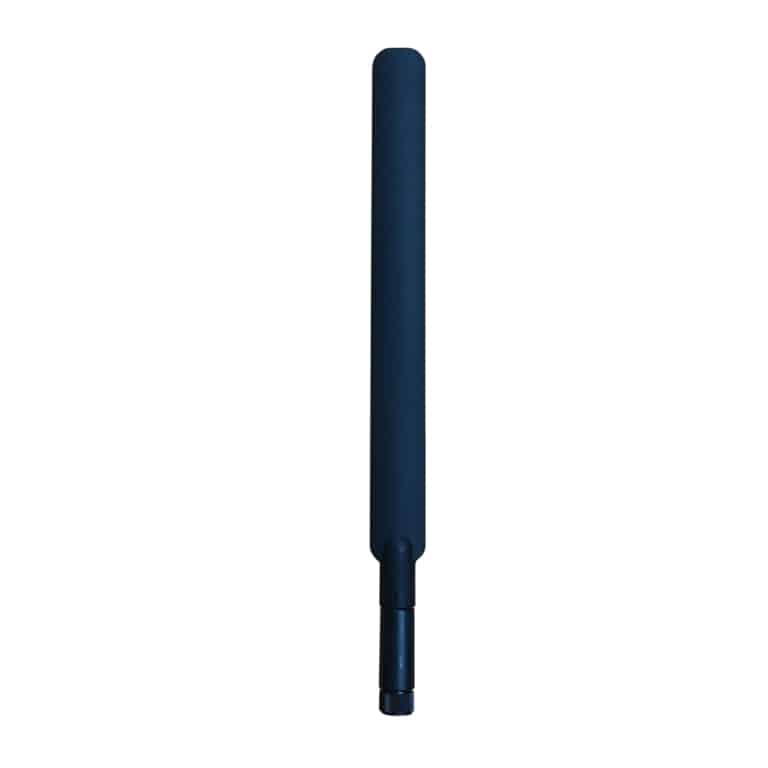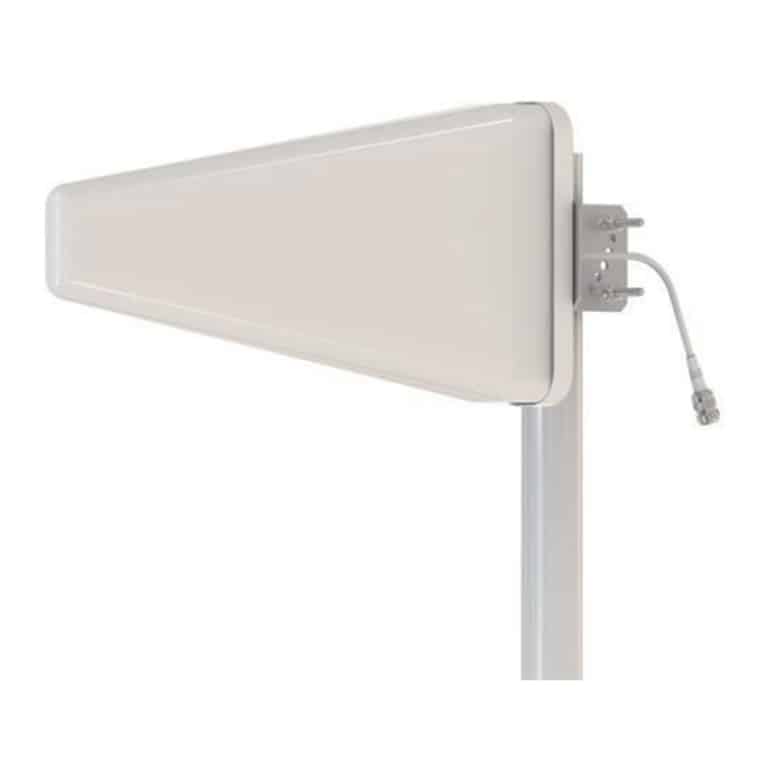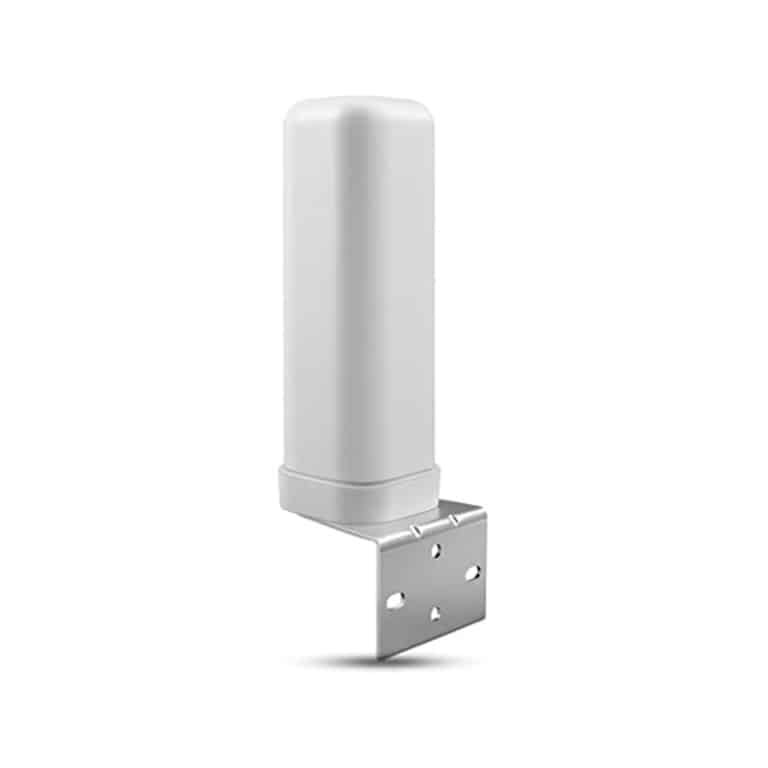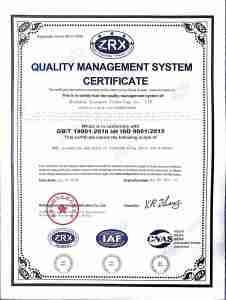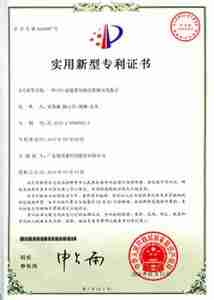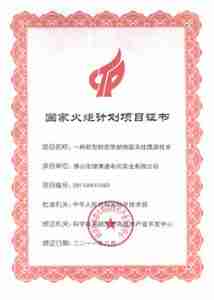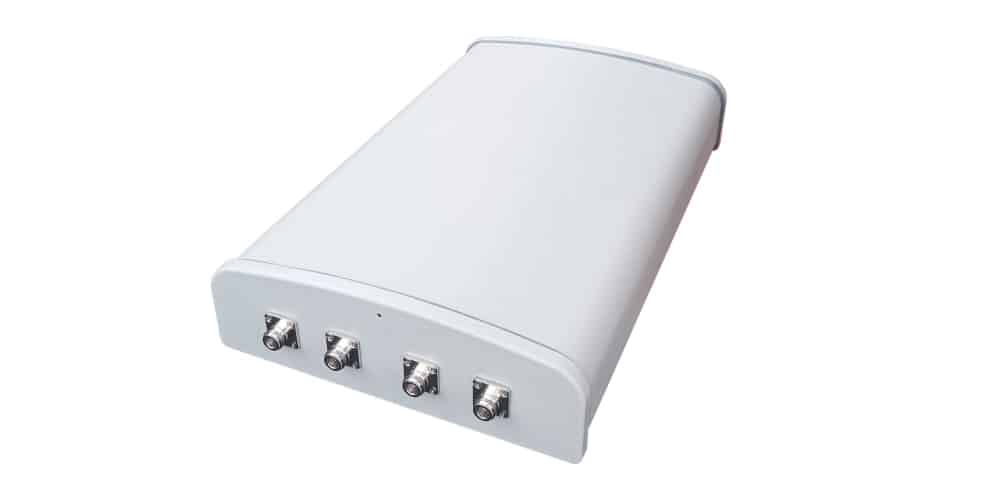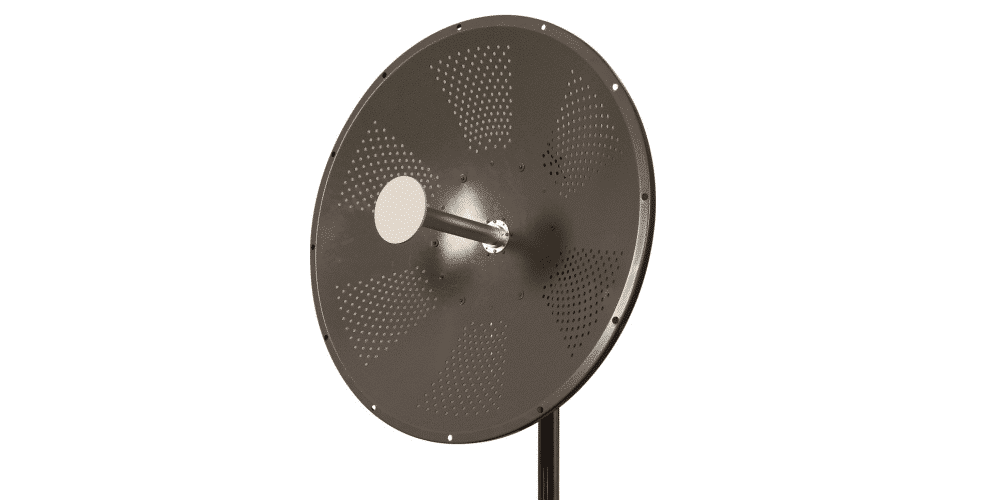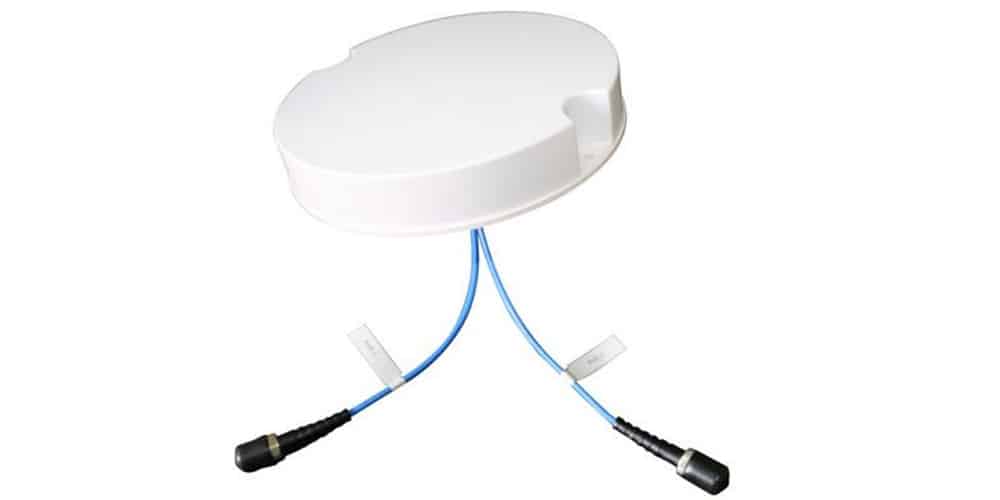Introduction
Traditional cellular networks often have coverage and capacity limitations, particularly in densely populated locations such as office buildings, shopping centers, sports stadiums, etc. Distributed Antenna Systems (DAS) can provide a solution to this by distributing signals from a signal source to multiple antennas that can provide better connectivity throughout the targeted area. DAS can provide faster data speeds, better bandwidth, lower latency, and better reliability by improving the signal strength and quality due to lower interference. DAS can be a cost-effective and scalable solution compared to traditional cellular or wireless networks.
This article provides a comprehensive overview of Distributed Antenna Systems detailing the key components and how they work, different types of DAS, benefits and application, design, and implementation as well as the future of DAS technology.
Understanding DAS – Components and how it functions
A Distributed Antenna System is defined as a network of spatially separated antenna nodes connected to a single common source via a transport medium such as coaxial or fiber cables. A DAS is composed of four main components.
- Hub: This is the central component of the system that links together all the components. It can either directly feed the signal to the nodes or manage the distribution of the signal through passive components from a single location.
- Nodes: These act as the interface between the central hub and the antennas. They receive the signal from the source, convert it to radio frequency and manage and amplify it before sending it to antennas.
- Antennas: These are the terminal elements of DAS. They receive and transmit signals from the connected devices and are placed strategically throughout the coverage area for optimal distribution.
- Cables
These are the connecting devices for signals to travel between the base station and central hub and then to the nodes and antennas. The cables can be either fiber optic or coaxial depending on the application.
In simple terms, a DAS works by distributing the signal received from a signal source to multiple antennas instead of one. Nodes in the distributed system receive the signals from the source through either fiber or coaxial cables. The nodes split the signal into multiple antennas which then transmit the signals to the coverage area.
Types of DAS Antennas
1, DAS antennas can be classified into different types based on their signal source.
- Off-air: This generally represents cellular signals from cell towers that are picked up by an antenna placed on a roof and relayed inside for distribution. These are more cost-effective and easier to deploy since the existing infrastructure is used. This type of DAS can work with multiple carriers and can extend the coverage area of the carrier network but does not increase the capacity.
- Base Transceiver Stations: This is similar to having an in-house cell tower inside the building and is the technology used inside mobile phones. This type typically needs a dedicated fiber link from each carrier to connect to their core network. These take longer to implement and are expensive. This type is typically used in highly populated locations like stadiums or airports.
- Small cells: This type of source creates a secure tunnel to the carrier network over a reliable internet connection. Since they do not rely on existing cell tower signals, they can be used even in areas with very low coverage, but they are carrier specific. These are typically used for smaller venues due to their capacity and scalability limitations.
2, DAS systems can also be classified based on the distribution system used as active, passive or hybrid.
- Passive: It uses passive components like coaxial cables and splitters for distribution. This type is cost-effective but has limitations in terms of range and capacity.
- Active: It uses components like amplifiers and converters to boost and distribute high quality wireless signals. This type can handle more traffic and is easily scalable but expensive and complex to install and maintain.
- Hybrid: This is a combination of elements from both active and passive systems.
Benefits of DAS Antennas
- Enhanced signal coverage and strength
By distributing the signal over multiple antennas better coverage is provided than a single antenna and due to lower interference and closer proximity for each antenna the strength of the signal distributed is also higher.
- Improved network capacity
By adding more antennas, the capacity can be increased, and it is also more flexible in terms of scalability than a single antenna.
- Seamless connectivity in challenging environments
By spreading the signal over multiple antennas, interference can be reduced from systems using the same bandwidth. Signal congestion can be reduced, and signal quality will be enhanced in highly populated areas.
- Better user experience for mobile device users
By having antennas in closer proximity, the interferences will be lower and signal strength will be higher. Thus, users will be able to experience better and uninterrupted service than from a single antenna.
Applications of DAS Antennas
- Commercial buildings (offices, shopping malls, and hotels)
By using DAS it can be ensured that users can move around and still receive uninterrupted and uniform cellular service across different areas.
- Public venues (stadiums, convention centers, airports)
DAS is crucial in public venues to provide uninterrupted service to a massive number of users connecting simultaneously so that a better user experience can be ensured.
- Healthcare facilities (hospitals, clinics)
DAS is crucial to provide reliable connectivity for all the critical communication, patient monitoring, and medical devices that are essential at healthcare facilities to ensure efficient and better care for patients.
- Transportation hubs (subways, train stations)
DAS can provide reliable connectivity for travelers so that they can get real time updates and ensure passenger convenience.
- Residential areas (apartments, housing complexes)
DAS is important in residential areas to ensure a uniform and reliable connection for all houses or apartments that can be spread over a vast geographical area.
Implementation of DAS Antennas
Implementing a DAS begins with the initial planning. This involves surveying the target area, understanding the capacity needs, and evaluating the existing wireless landscape. After careful evaluation, the system needs to be designed by deciding the type of signal source to be used, the number of antennas to use and their orientation and placement as well as the type of cables to be used for distribution. Then simulator tools can be used to predict how the designed system would perform in the real world. The system can be then fine-tuned before implementation.
After implementation, testing has to be carried out to ensure that the system meets all performance and capacity criteria. Regular system checks, hardware or software upgrades, and monitoring of issues such as signal dropouts are essential for the maintenance of DAS.
DAS Antennas in the future
With technology advancements in 5G and IoT, DAS will play a crucial role in providing seamless connectivity and high data rates. 5G integration will enhance the performance of DAS and concepts like smart cities will promote further usage of DAS. Integration with IoT enhances operational efficiency and enables real-time data transmission in DAS.
Conclusion
DAS Antennas have become increasingly important with an emphasis on improving a user’s overall connectivity and user experience, they can provide better coverage, capacity, and seamless connectivity than a single antenna. DAS antennas are used in various industries like healthcare facilities, public venues, and transportation due to its high scalability and adaptability. With the rapid advancement in technology, DAS technology has huge potential for the future.

